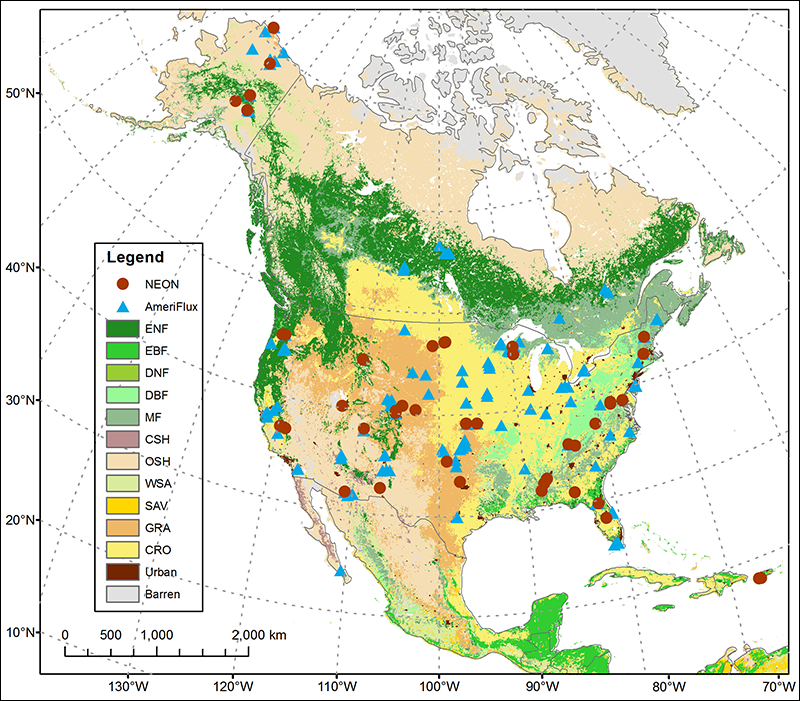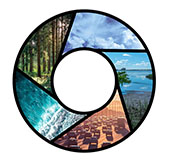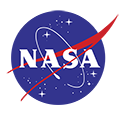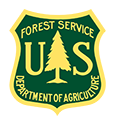CCIWG Carbon Cycle Predictions Workshop report published
See the report on the CCIWG sponsored Carbon Cycle Predictions Workshop, published by AGU EOS.
An excerpt from the article 'Improving Carbon Cycle Projections for Better Carbon Management' is below.
'...One important step toward carbon management is developing the science that predicts carbon cycles. Over the past 10 years, the North American Carbon Program (NACP) has helped to significantly advance observation and monitoring systems in carbon cycle research. Observation and monitoring programs such as AmeriFlux and the National Ecological Observatory Network (NEON) are essential to improving understanding of the carbon cycle through diagnosing the magnitude, spatial patterns, and temporal variability of carbon fluxes and stocks. However, the value of these programs would be greatly increased if their results could be used to constrain future projections of carbon cycle dynamics in response to climate change and human activities, including carbon management efforts. To examine the state of predictive carbon cycle research and to advance model capabilities, scientists met in College Park, Md., with members of the Carbon Cycle Interagency Working Group (CCIWG) in March 2016....'
See the report on the CCIWG sponsored Carbon Cycle Predictions. (PDF)

Citation: Xiao, J., Y. Luo, and G. Shrestha (2016), Improving carbon cycle projections for better carbon management, Eos, 97,doi:10.1029/2016EO062341. Published on 02 November 2016.




